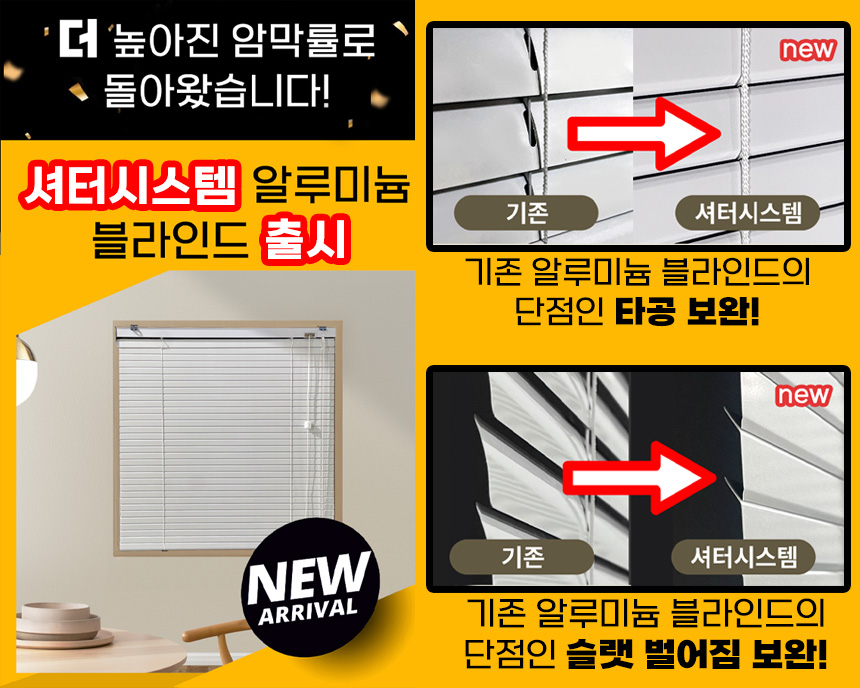3 Questions On Galvanised Steel Coal Bunker
페이지 정보
작성자 Lane 작성일23-02-21 16:00 조회38회 댓글0건본문
| 3 Questions On Galvanised Steel Coal Bunker | |||
| - - | |||
|
( - ) |
|||
| 하루종일 시 ~ 시 | |||
중복선택가능 |
|
||
|
|||
|
The Differences Between a Wood and Metal Coal Bunker There are a few distinct features between a wood and a steel coal bunker. If you're looking for a bunker with a long service life and requires minimal maintenance, you may want to think about a plastic coal bunker. The lightweight and easy-to-handle plastic coal bunkers provide high impact resistance and are light. A stand can be added to facilitate loading. Galvanized steel coal bunker A coal bunker is a storage facility that holds coal or fuel. You can construct coal bunkers from GRP or wood, or galvanised. A coal bunker can be a great alternative if you're looking for a way to save money on fuel costs. These structures are also easy to maintain and maintain. Galvanized steel coal bunkers are inexpensive, easy to transport and weatherproof. They are also easy to transport. Galvanizing offers corrosion and chemical resistance. It is light and easy to use. This type of coal bunker is an excellent option for those looking for a cheap alternative that is lightweight. However, the downside of a galvanised coal bunker is its ugly appearance. Some models also come with no specific base, making them more difficult to set up. A galvanised steel coal bunker can be more durable than those made of plastic. The plastic coal bunkers, however are less heavy and more affordable and don't corrosion-proof. A plastic coal bunker is more affordable than one made of galvanised. They are also simpler to put together. A plastic coal bunker might be less difficult to transport. Coal bunkers are available in three sizes - 150kg 300kg, 600kg and 150kg and can be used to store four, eight, or fifteen 40kg bags of coal. These bunkers are more durable than metal coal bunkers and are the most sought-after choice. Plastic coal bunkers are typically made of high-density polyethene (HDPE), which is an environmentally-friendly material. Wooden coal bunker A wooden coal bunker, that is available in various styles, is an enjoyable and innovative way to display coal. This particular model comes with a three-bay layout with a signboard at the rear. It is extremely durable and has a handle for ease of movement. The bunker also comes with an organizer for coal scoops. A piece of 2x2 lumber is required to build a coal bunker. This lumber is used for both the front and back walls. When joining these two pieces together you must utilize two-1/2'' screws to secure them together. Then, construct the front door to your coal bunker and also the lid. Coal is typically purchased in bags of 10 to 20 kg. By building a coal bunker you will avoid trips to the local fuel retailer. The bunkers can be built to store anywhere from 150 to 500 kilograms of coal. They are a cheap and practical storage solution for homeowners or businesses. The coal bunker is a container that stores coal, slack and timber. It can be underground or freestanding. Some coal bunkers are made of concrete or galvanised metal. There are many kinds of coal bunkers available today. These bunkers are for galvanised coal bunker commercial or residential use and are made from wood, GRP metal or plastic. GRP coal bunker GRP coal bunker is a strong and robust storage solution for coal, slack and briquettes. Made from strong, UV-resistant plastic, this coal bunker is ideal for outdoor locations. The hinged lid helps keep away debris and dust and an electro-plated hasp and staple helps keep it in place. Poly Hi Solidur's engineer studied the issues of coal flow within coal bunkers and came up with an answer using Tivar(r) the 88. This material is more resistant to shear than carbon steel and adheres better to the coal surface. This material is more durable than 304-#2B stainless. GRP coal bunkers can be lighter and galvanised coal bunker more easily transported than other types. They also clean easily and are weather-resistant. Unlike wooden coal bunkers, GRP coal bunkers don't need painting. They are available in a variety of colours , and the majority include a purpose-built base. NSP engineers were aware that changes to the coal bunker's design were needed to improve the flow characteristics. The funnel-flow design originally was changed to a mass flow design. This changes affects the distribution of pressure inside the hopper at discharge. The modifications also depend on the flow properties of the coal. Based on the results of representative coal samples, Jenike & Johanson made recommendations. The bunker must be able to hold coal briquettes, slack and wooden blocks. Materials that could be used to construct the bunker include timber, concrete galvanised and galvanised stainless steel, as well as plastic. You can choose the right coal bunker depending on the environment you live in and your needs. The GRP coal bunker is weatherproof and tough. Its fully automated fueling system removes the need for additional cost for overtime and labor. The Baldwin Power Station installation is the first of its kind in the world. Dave Wombacher, a Senior Engineer at Luminant's Baldwin Power Station, is in charge of its operation. Prior to joining Luminant in 2011, he was the Mechanical Maintenance Supervisor at US Steel - Granite City Works from 2011 to 2014. He holds an BS degree in Mechanical Engineering from St. Louis University. The temperature inside the coal bunker is 59 degrees F18. The temperature is well below the danger of spontaneous combustion. Because the heat was dissipated through the steel structure, hull and bulkheads, the temperature of lower sections of the vessel was steady. These temperatures were also tempered by the ocean. |
댓글목록
등록된 댓글이 없습니다.






















